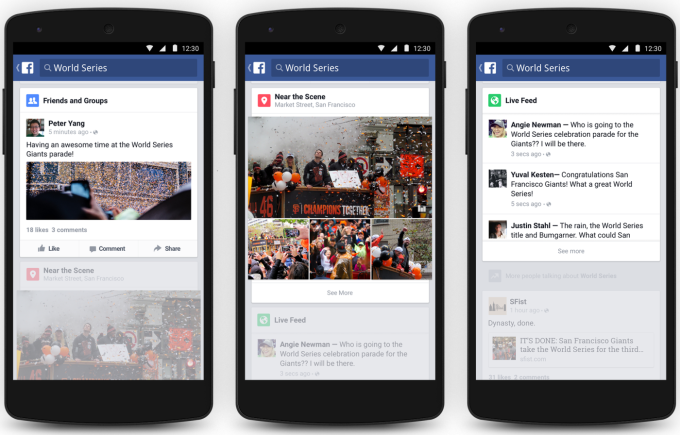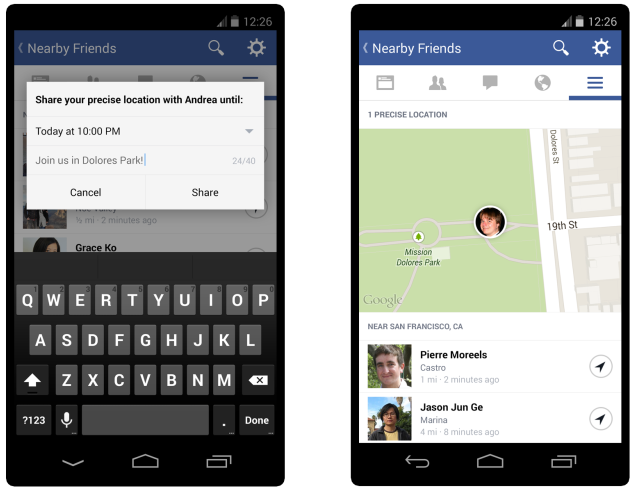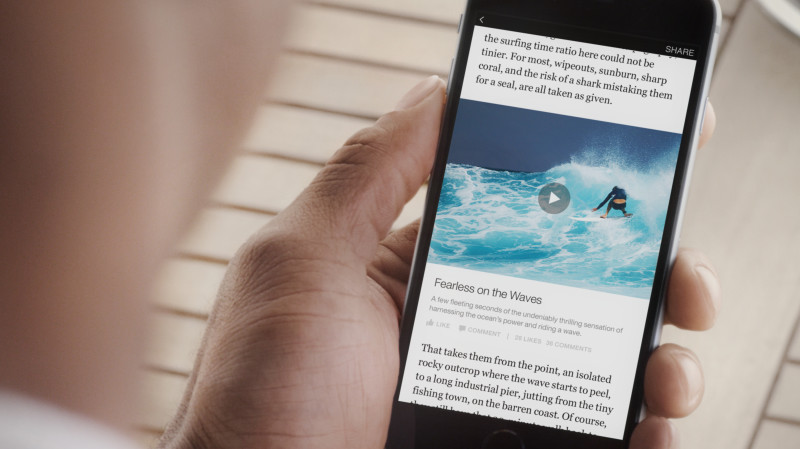Facebook wants its 1.44 billion active users to stay put. It sees each link out as a potential loss that undermines Facebook’s business model. To keep its users inside Facebook identifies all the likely content and experiences that users seek or pay for, those digital opportunities that take users out of its sphere of influence, and then recreates them inside the blue walled Facebook ecosystem.
Facebook introduced Pages in 2007 with the intention of replacing business websites which were seen as inconsistent silos trumpeting incomplete information. In time Pages overwhelmed websites with cover photos, Timeline, maps, reviews, business hours, messaging channels, and many more rich features. Pages created a wealth of content for Facebook. Thousands of digital marketing professionals jumped in to build strategies, create content, media and links to maximize utility and engagement value. Facebook became a destination, a one stop shop for information on any brand. Nike.com might provide information about the latest shoes, but by visiting the Nike Page in Facebook a user got that information and, with News Feed amassing user targeted information in one endless scroll, exposure to much more — a band’s tour dates, the latest movie in a nearby theater, etc.
When a users click on a News Feed preview, the link takes them outside the gates of Facebook. And they may not come back. Facebook responded by moving down the stack, from subsuming the authors to subsuming their content.
Clicking on a YouTube video in Facebook took the user out to You Tube where upon completion of the video the user was encouraged to watch more non-Facebook content. Adding injury to insult, these videos would also display Google Ads. No revenue there. Facebook responded in December 2013 with Auto-play Videos. You could upload clips directly to Facebook and users could watch them without pre-roll ads or pop-overs. Six months later, between May and July 2014, auto-play video views grew 50%. By September, Facebook hit 1 billion video views per day. By January, it was 3 billion. And it’s over 4 billion today. Who’s to notice video ads appearing among all those organic clips?

Reader reactions and posts by the people involved on the latest news: Facebook’s Trends pages
Who needs email when there’s Facebook Message? At the March 2015 F8 conference, Facebook announced its new Messenger Platform. Users will be able to create and share content with third-party tools, and communicate directly with businesses rather than calling or emailing them.
Facebook targets other popular apps:



To counter being whisked off by ecommerce ads to an outside website where a user keys in payment and delivery details Facebook provided the Buy Button, a particular boon to anyone using a mobile device (which is pretty much everyone). Rather than clicking away to a merchant’s site, the Buy button lets the user complete the entire purchase flow within Facebook, which could boost conversion rates and further endear retailers to the social network.

App install ads, Facebook’s cash cow, accounted for a major part of the $2.4 billion it made on mobile ads last quarter. Here, Facebook has tried pop-up App Store windows in-hopes of letting users download without moving out of the realm of Facebook.
Why wait for eight seconds for an external page to load when you can read the article with a single tap within the comfort of Facebook? Rich media tools within Instant Articles allow marketers to add audio captions and zoomable videos to their copy. Publishers keep 100% of the revenue if they sell the ads that appear within Instant Articles, while Facebook keeps 30% if it sells the ads.

While these features appear to make life easier for Facebook users, they also keep them inside the blue zone. Which is the point, after all. Some features have been controversial, but controversy comes and goes. Commerce is forever. If one out of 1.44 billion Facebook users buys something, or books a room somewhere, or the flight to get there, best they do that business within Facebook than somewhere, well, outside. With Messenger and Group products remaining totally free for over 500 million users, advertisers have begun to rethink their global strategies, presumably with Facebook in mind.